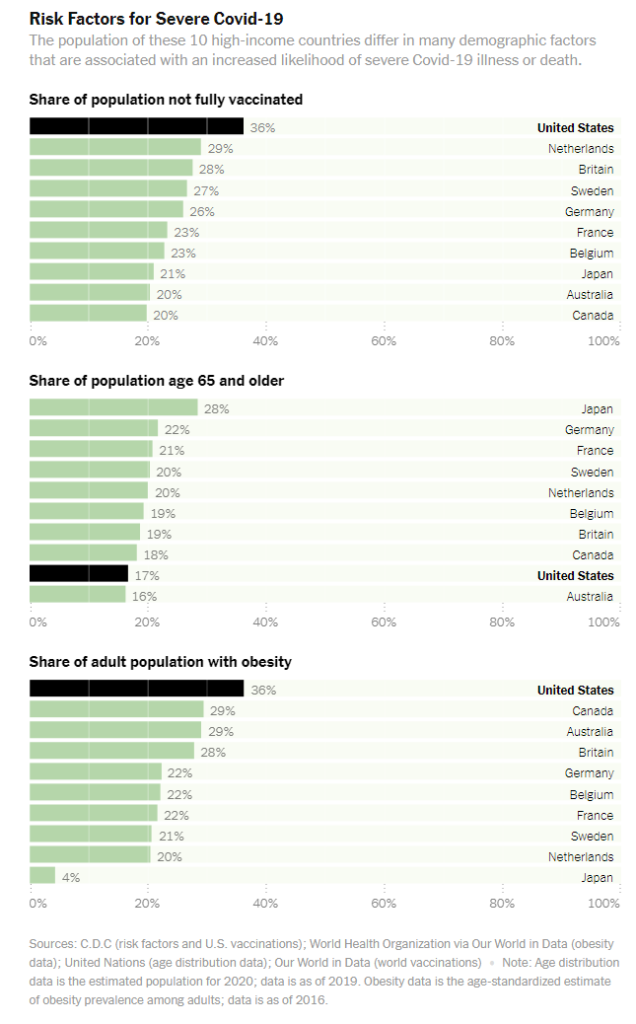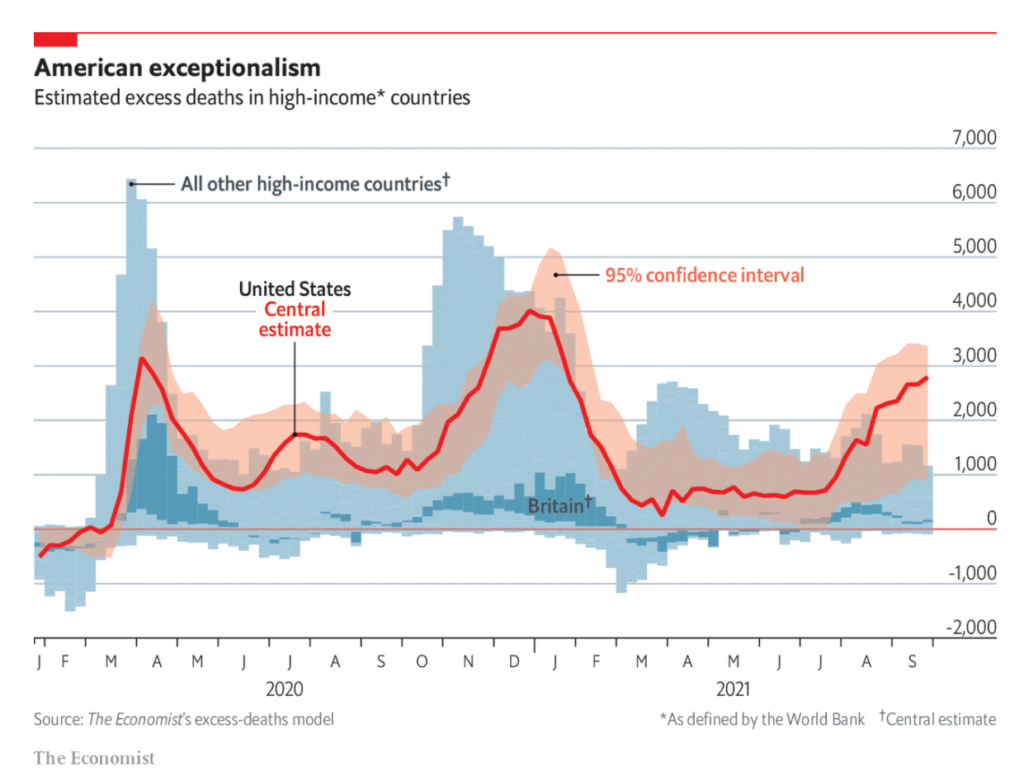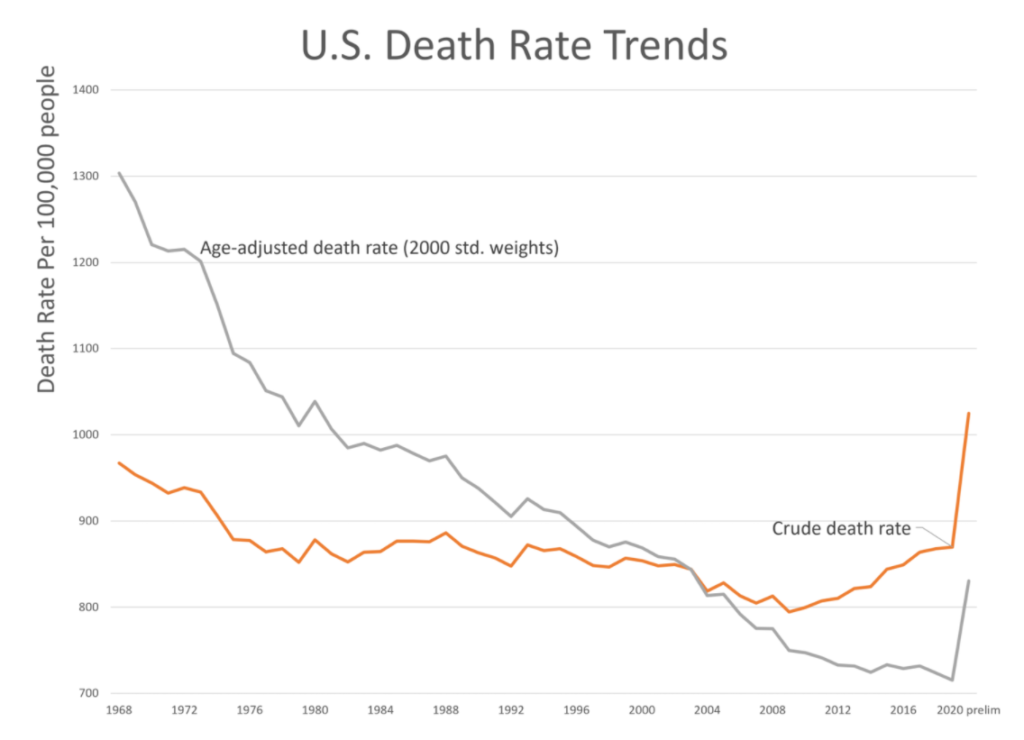Link: https://www.governing.com/now/what-weve-learned-and-failed-to-learn-from-a-million-covid-deaths
Excerpt:
The pandemic is not done. The number of new infections — surely an undercount due to unreported home tests — again tops 75,000 per day. The number of hospitalizations has climbed 20 percent over the past two weeks. The Biden administration has warned there could be 100 million more Americans infected by early next year. Yet Congress seems unwilling to provide more money for basic responses such as tests and vaccines, even as it becomes increasingly clear that even mild cases can lead to dangerous long-term damage.
Yet there are positive developments to consider as well. Vaccinations and certainly boosters are not where they should be, but three out of four Americans have received at least a single dose and two-thirds are fully vaccinated. The Commonwealth Fund has estimated that, absent vaccines, an additional 2.3 million Americans would have died, and 17 million more would have been hospitalized. Public health measures such as masking have largely fallen out of favor, but they helped prevent a death toll that could have been even more terrible.
“A million is way too many people, but as a result of the work that has been done, through public health and vaccination, it’s a number that’s a lot lower than it might have been,” says David Fleming, a distinguished visiting fellow at the Trust for America’s Health. “If we did not do those things, we would not be looking at the 1 million death threshold, we’d be looking at the 3 million death threshold.”
Author(s): Alan Greenblatt
Publication Date: 12 May 2022
Publication Site: Governing










